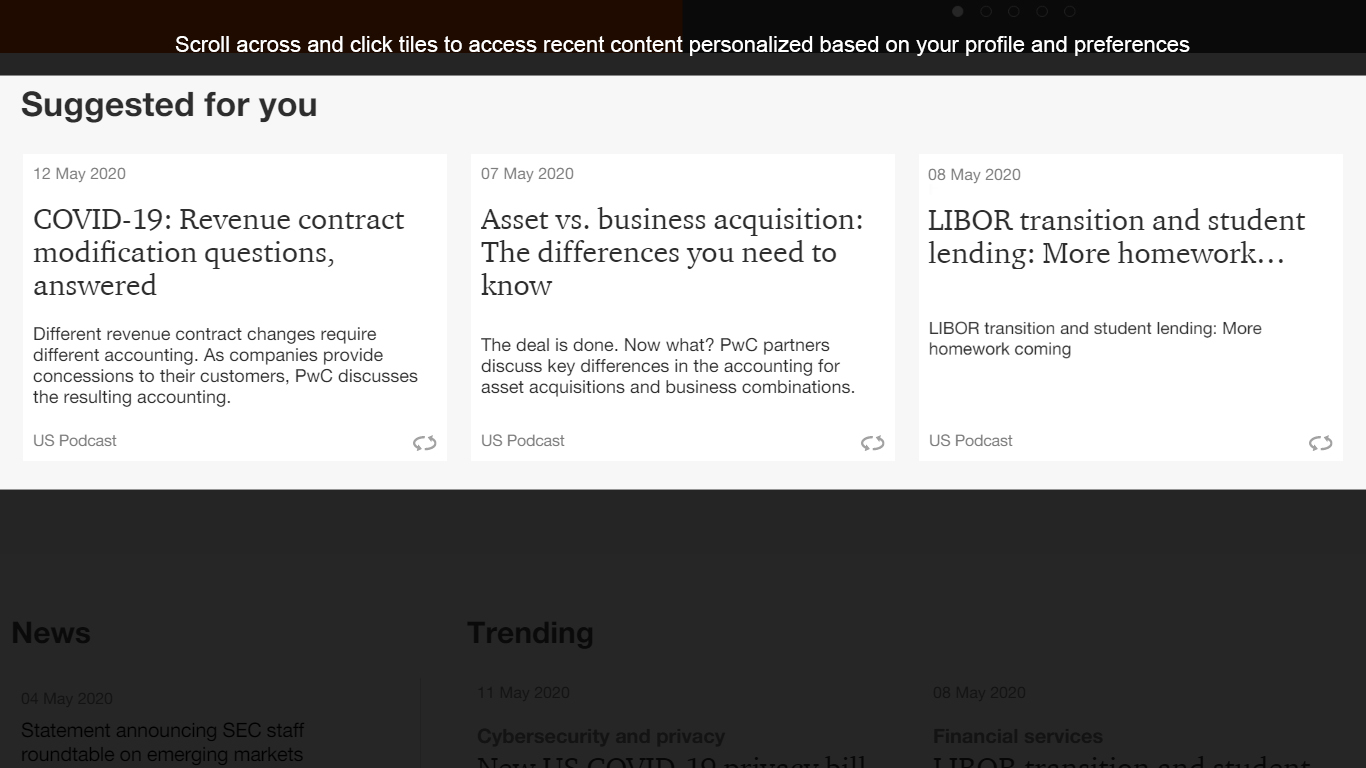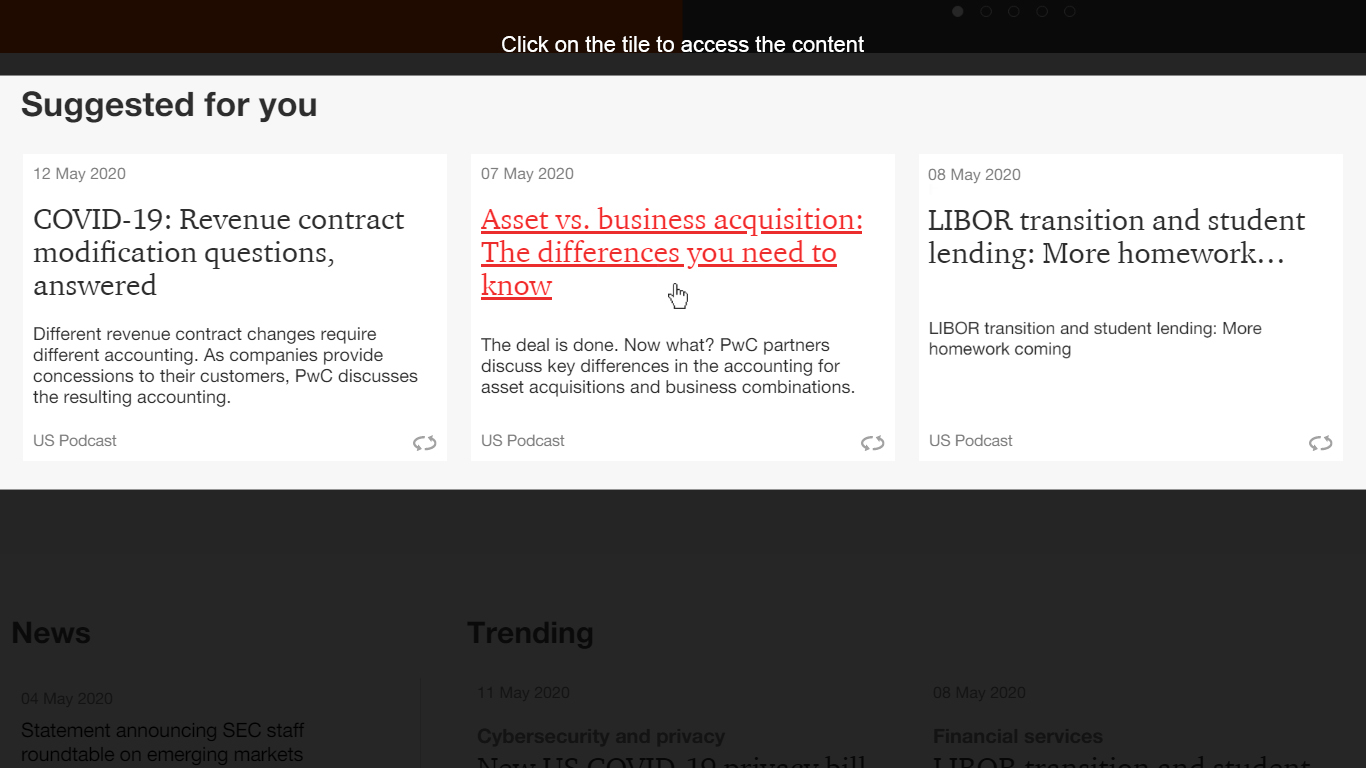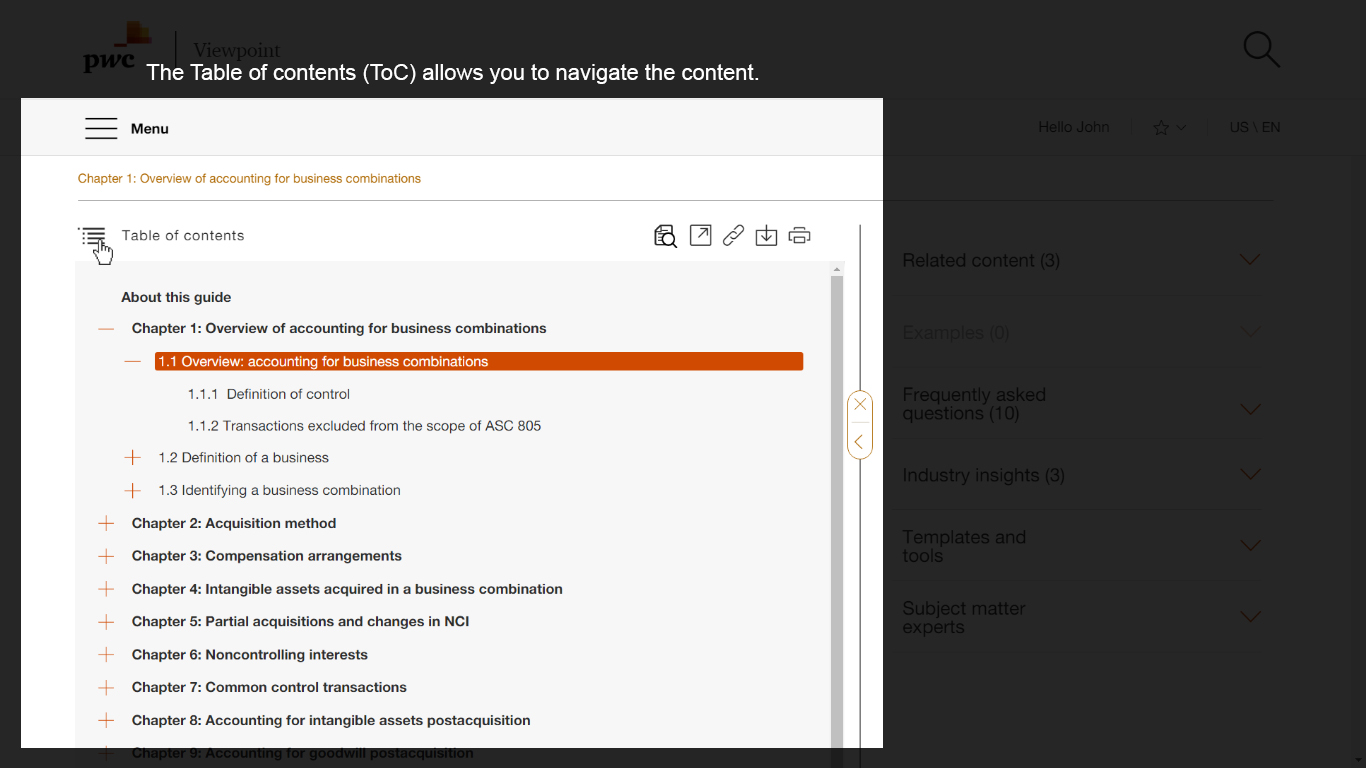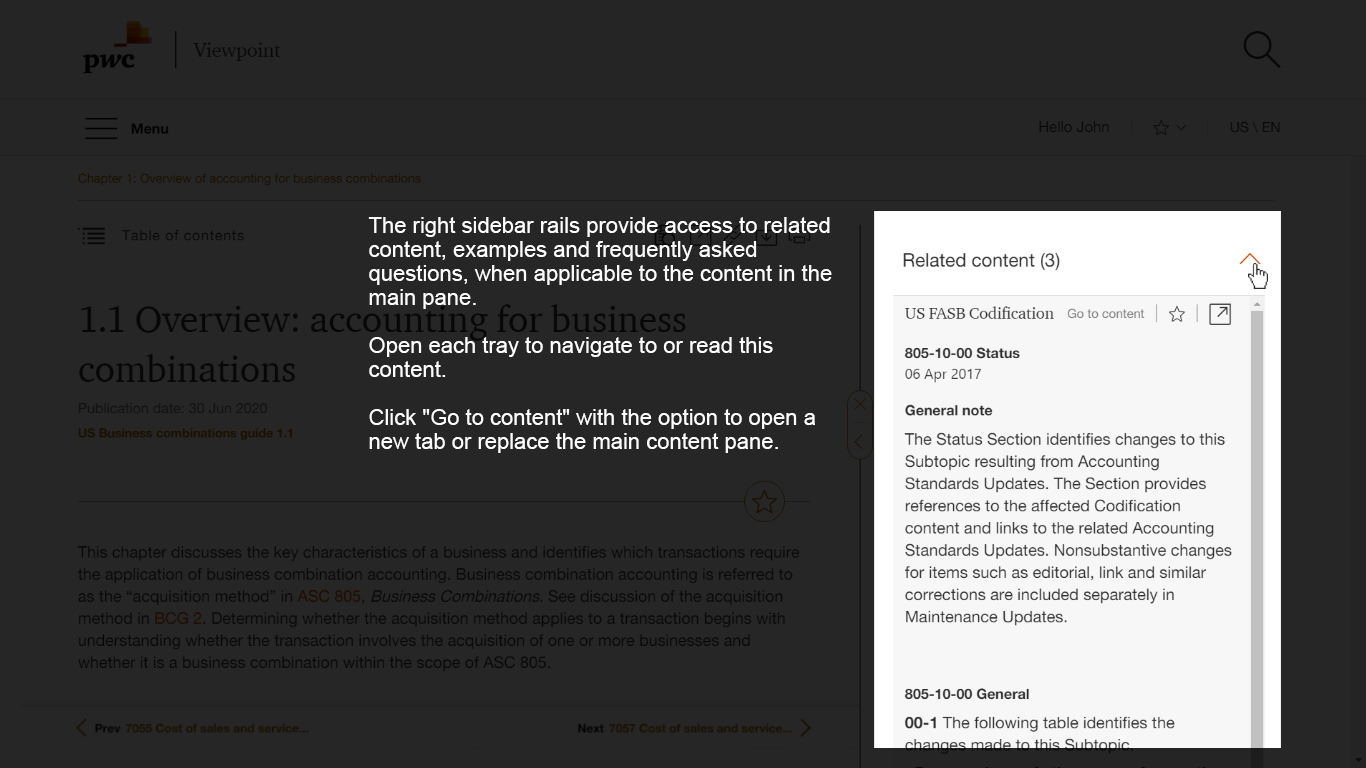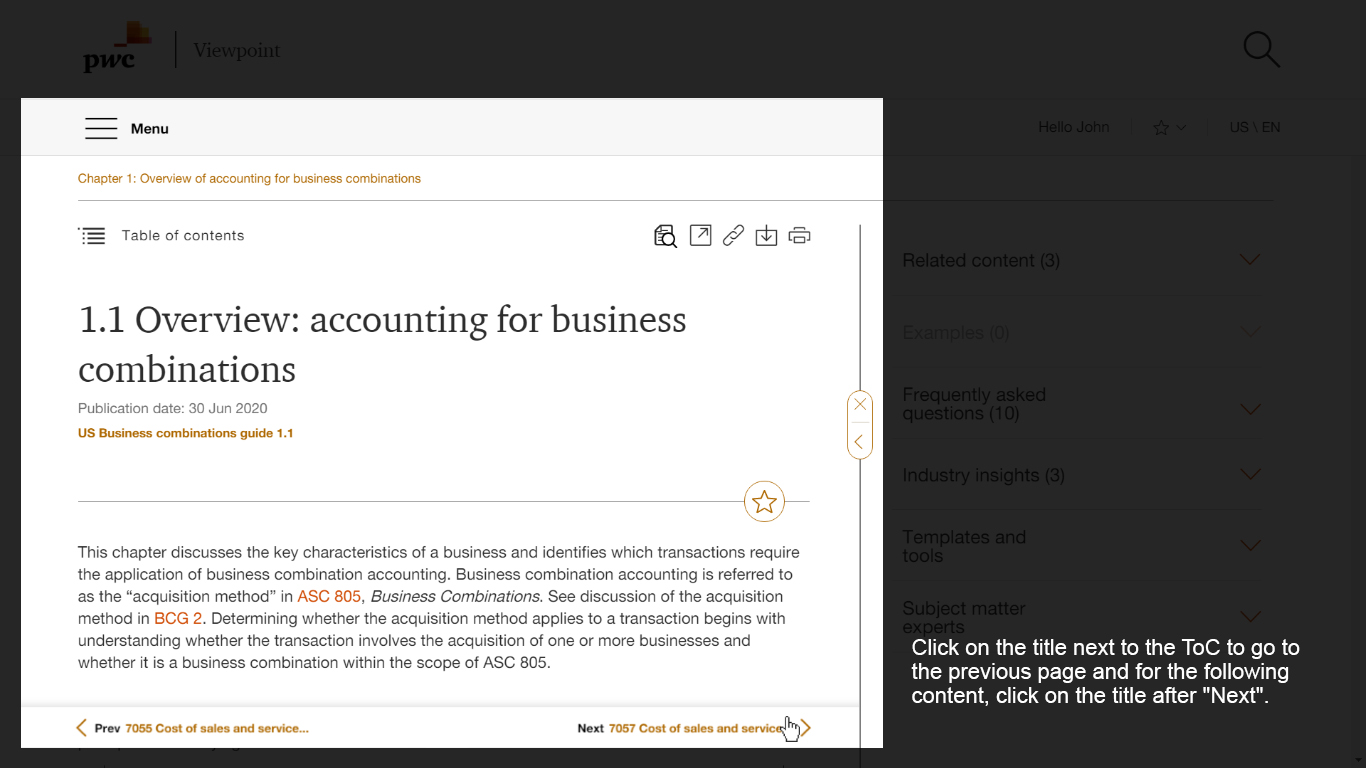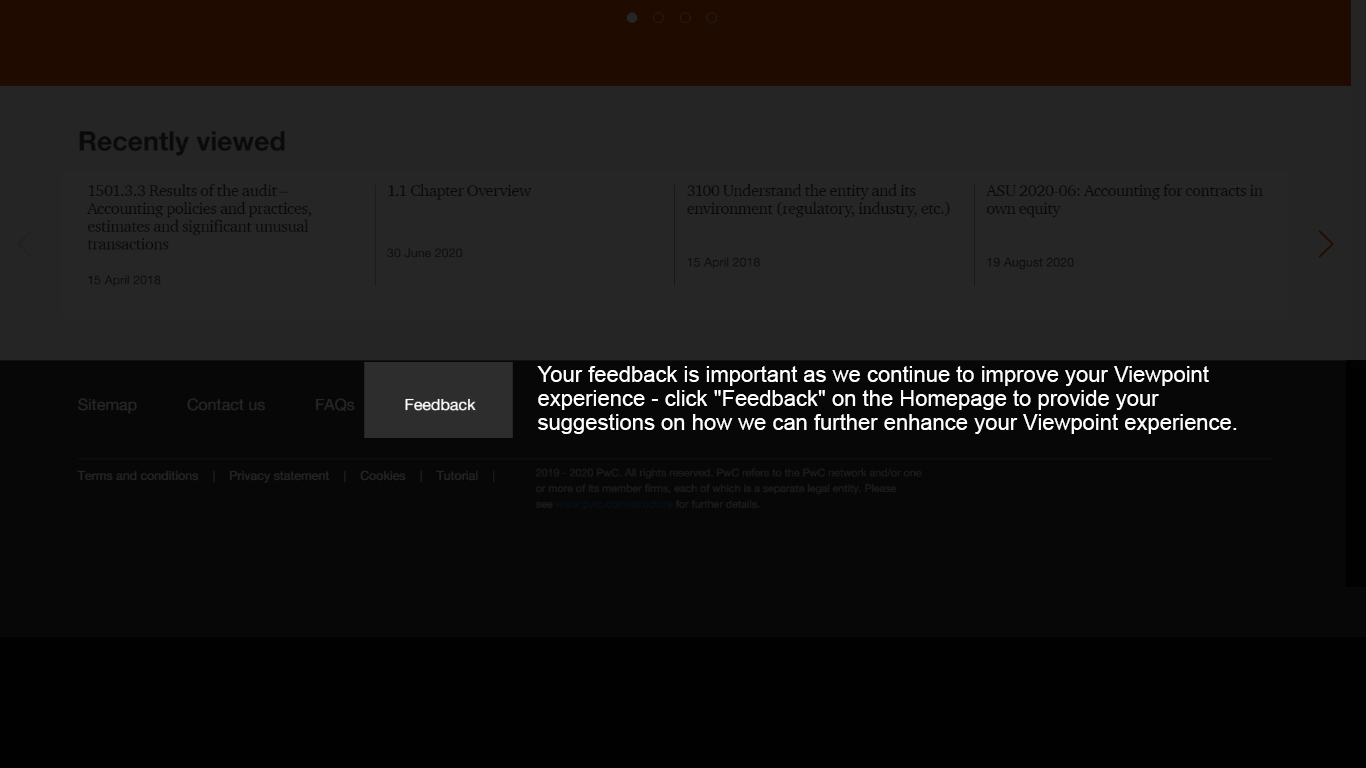In October 2022, the SEC adopted final rules to implement the requirements of Section 954 of the Dodd-Frank Act (Dodd-Frank Clawback Rule) regarding the recovery of erroneously awarded incentive compensation from current and former executive officers in the event of an accounting restatement. This requirement is broader than the clawback provision in the Sarbanes-Oxley Act, which (1) permits the SEC to recoup monies for the company from only the CEO and the CFO extending back 12 months and (2) is applicable only in cases involving restatements resulting from misconduct.
Under the Dodd-Frank Clawback Rule, a compensation recovery analysis is triggered when an issuer is required to prepare an accounting restatement due to its material noncompliance with any financial reporting requirement under the securities laws. This would include both “Big R” and “Little r” restatements. A Big R restatement is a required accounting restatement to correct an error in previously issued financial statements that is material to the previously issued financial statements. A Little r restatement is one that would result in a material misstatement if the error were corrected in the current period or left uncorrected in the current period.
Issuers will be required to recover erroneously awarded incentive-based compensation received by executive officers during the applicable look-back period. Erroneously awarded incentive-based compensation is the amount of incentive-based compensation received that exceeds the amount of incentive-based compensation that otherwise would have been received had it been determined based on the restated amounts. Erroneously awarded incentive-based compensation is computed on a pre-tax basis (i.e., without regard to any taxes paid by the executive officer).
Incentive-based compensation is any compensation that is granted, earned, or vested based wholly or in part on the attainment of a financial reporting measure. The SEC’s adopting release provides a list of examples including:
- restricted stock, restricted stock units, performance share units, stock options, and stock appreciation rights that are granted or become vested based wholly or in part on satisfying a financial reporting measure performance goal;
- bonuses paid from a bonus pool, the size of which is determined based wholly or in part on satisfying a financial reporting measure performance goal; and
- proceeds received upon the sale of shares acquired through an incentive plan that were granted or vested based wholly or in part on satisfying a financial reporting measure performance goal.
The exchanges must file proposed listing standards to implement the SEC’s directive no later than 90 days after the final rules are published in the Federal Register, and those listing standards must be effective no later than one year after that publication date. Affected issuers will be required to adopt a recovery policy no later than 60 days after the listing standards become effective.
Although the Dodd-Frank Clawback Rule limits the ability for boards to use discretion when determining the amounts to be recovered from each executive, there continue to be a number of challenges in implementing clawbacks, especially related to the complexity and subjectivity associated with determining the impact of an accounting error on stock price or TSR. As a result, the rule permits issuers to use reasonable estimates (with appropriate documentation) when determining the impact on stock price or TSR.
As discussed in
SC 2.4, the general model in
ASC 718 states that a clawback is recognized when the consideration is received. The issuer would record a credit in the income statement up to the original expense recorded for an equity classified stock award and a credit to additional paid in capital for the fair value of the consideration received in excess of that amount. If the original award was a liability award, similar accounting would apply such that the maximum amount recorded in income would be equal to the final measurement of expense for the award, with the excess, if any, recorded as a credit to additional paid in capital. Because a clawback is considered a contingent event, there is generally no impact on the measurement or recognition of a stock based compensation award prior to the clawback event.
To establish a grant date for accounting purposes, it is important that any clawback provision is clear and objective such that a mutual understanding is established between the issuer and the executive officer as to the key terms and conditions governing vesting of the award. Additionally, there should not be significant discretion by the issuer regarding the triggering event of the clawback. We generally expect that plans designed to conform to the new Dodd-Frank Clawback rules will not result in a problem establishing a grant date, as the new rules provide for objective clawback triggers and very limited exceptions for impracticability of enforcement. However, it continues to be important to evaluate other clawback provisions (e.g., non-competes, non-solicitation clauses) to ensure a grant date has been established.
Previously, employment contracts may have included clawback provisions that were more vaguely worded, such as clawbacks in the event that the executive:
- Engages in conduct that is detrimental to the company;
- Takes actions that result in restatement of the financial statements or other financial harm to the company;
- Achieves performance-based targets, although expected profits were not actually achieved when considered in hindsight;
- Violates established risk management policies, considered from both a quantitative and qualitative perspective; and
- Demonstrates behavior that, in the discretion of management or the compensation committee, is improper.
In these instances, it may be difficult to determine whether the clawback provisions have been triggered. In addition, even when a provision has clearly been triggered, it might not always been clear who triggered it.
These types of clawback features may also pose accounting challenges. For example, some provisions may require stock-based compensation awards to be clawed back if certain operating or performance metrics are not met. Because such provisions are linked to the performance of the entity or individual, they might be considered "performance conditions" for accounting purposes. The accounting for awards with performance conditions is different from the accounting for awards with clawback features. Further, the company may need to determine whether those measures will be based on the performance of individuals, business units, or subsidiaries. The assessment of whether a provision is more akin to a performance condition or a clawback provision will often require significant judgment.



